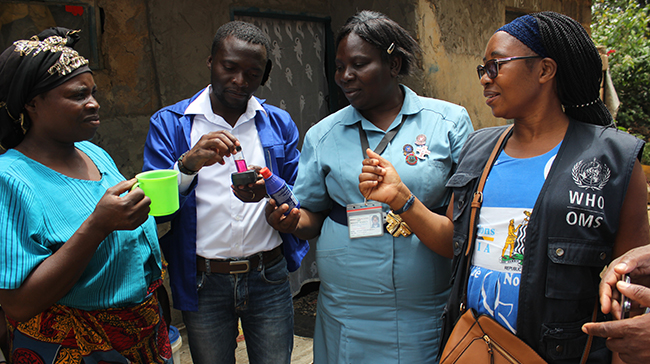
Why Engage?
Advancing health and development requires engagement from community members, governments, health and related sectors, and relevant stakeholders; particularly those who will be directly affected by the final decisions.
Key Questions to Consider
- Who—from which sectors—need to be engaged in the health and development effort, and why?
- Who—from which sectors—can help in addressing important health and development goals, and how can we engage them?
- Have those who are directly experiencing the problem been participating?
- Have people who have responsibility or influence to change conditions been participating?
- Is it rewarding to participate (e.g., clear roles, rewards, respect)?
- Is it relatively easy to participate (e.g., time, effort, cost, location)?
- Have we created an environment that encourages full and effective participation?
Some Recommended Actions
- __ Identify those who need to be engaged for all relevant sectors (e.g., health, education, transport), including those most affected and those who can address the group’s goals.
- __ Reach out to those you most want to involve through trusted people, organizations, and networks.
- __ Communicate the need and benefits of taking action together across sectors.
- __ Make participation more rewarding and attractive.
- __ Make participation easier and of lower cost (i.e., time, effort, money).
- __ Improve peoples’ abilities to be involved (e.g., provide information, skill training, technical support).
- __ Create an environment that fosters full and effective participation.
Examples of Promoting Engagement
- Mobilising Communities to Address Ebola Virus Disease in Lofa County, Liberia
- Lesotho Says NO to Tobacco Advertising and Promotion on World No Tobacco Day
- Mobilising for Health through Health Centre Committees in Zimbabwe
- Engagement Approaches Used with the COVID-19 Response in Kenya
- Strengthening Engagement in Multisectoral Action in Douala, Cameroon
Resources to Help You Engage
Tools from the Community Tool Box
Toolkit: Increasing Participation and Membership
Encouraging Involvement in Community Work
Participatory Approaches to Planning Community Interventions
Maximizing Community Stakeholders’ Engagement
Developing a Plan for Increasing Participation in Community Action
Involving People Most Affected by the Problem
Involving Key Influentials in the Initiative
Identifying Targets and Agents of Change: Who Can Benefit and Who Can Help
Using Community Sectors to Reach Targets and Agents of Changes
Methods of Contacting Potential Participants
Promoting Participation Among Diverse Groups
Providing Support for Staff and Volunteers
Building and Sustaining Relationships
Tools from WHO and Other Sources
Social mobilisation in public health emergencies: preparedness, readiness and response
Key messages for social mobilisation and community engagement in intense transmission areas